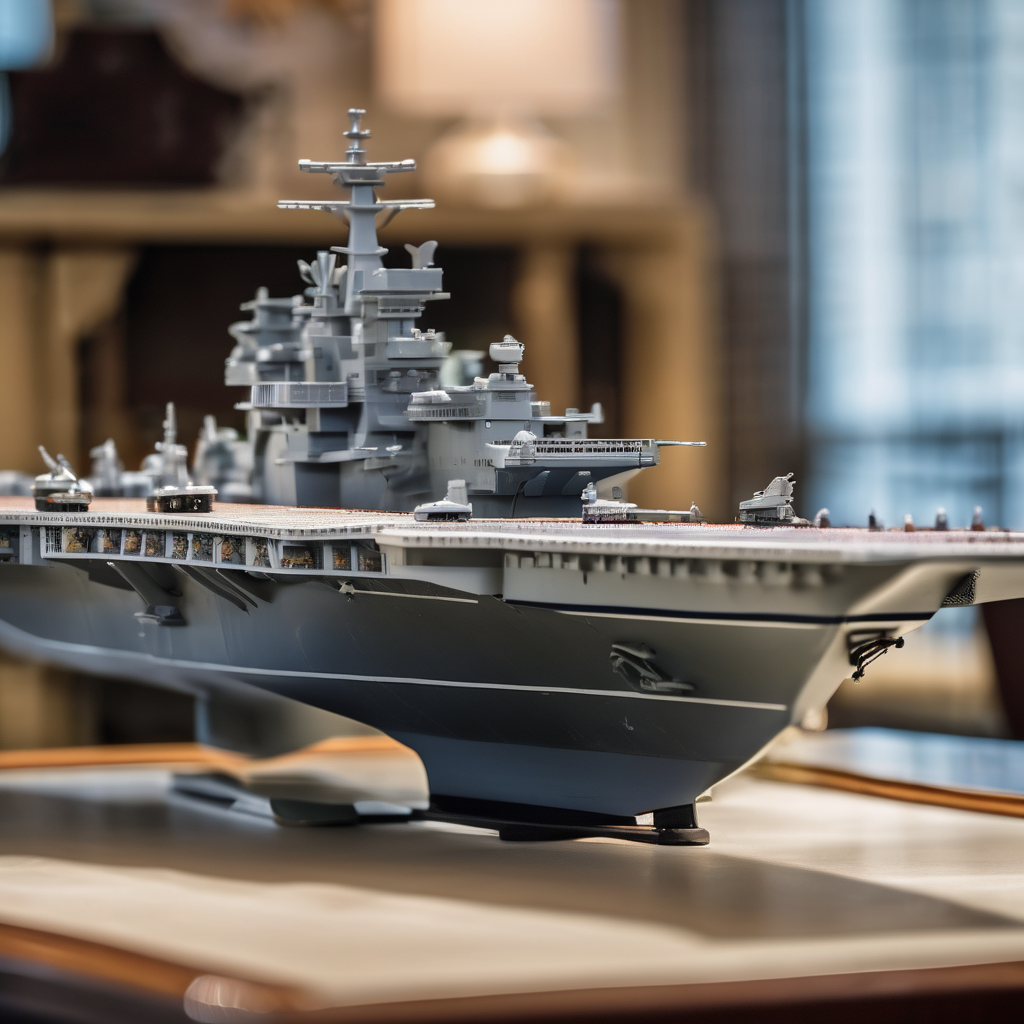A rare satellite image has surfaced showing two of China’s aircraft carriers operating in close proximity near the Yulin Naval Base, a vital strategic location for the People’s Liberation Army (PLA) Navy. This development underscores China’s ambitions to enhance its naval capabilities and assert its presence in regional waters.
China’s aircraft carrier program is a crucial aspect of national pride and plays a significant role in the rapid expansion of the PLA Navy, which has emerged as the world’s largest fleet in terms of ship count. This military buildup aligns with President Xi Jinping’s objective to develop a formidable force capable of challenging U.S. influence in the Pacific region.
The Yulin Naval Base, located on Hainan Island, serves as home to China’s nuclear submarines and specialized facilities for aircraft carriers, further establishing its significance in naval operations. Beijing’s expansive territorial claims in the South China Sea have led to tensions with neighboring countries that assert competing claims in the area.
European Space Agency satellites captured images of both aircraft carriers — the CNS Shandong and the Fujian — as they operated southeast of Sanya City. The Shandong, which has been active since its commissioning in 2019, was noted to be operating within Chinese territorial waters, while the Fujian and its accompanying support ships were detected just beyond the territorial limits, in contested waters claimed by both China and Vietnam.
Analyst Damien Symon, specializing in open-source intelligence, reported that both carriers had returned to port as of Tuesday, with the Fujian making its first operational sortie since its commissioning. This inaugural mission utilized the carrier’s advanced electromagnetic catapult system, launching various aircraft including J-15 fighter jets and the stealthy J-35.
The formation engaged in multifaceted training operations, including cooperative search-and-rescue drills and navigation exercises, demonstrating the capabilities of the Fujian’s strike group, which included additional vessels like the guided missile destroyer CNS Yan’an.
China’s Foreign Ministry affirmed that this maritime training was a planned initiative aimed at validating the effectiveness of the Fujian carrier strike group. They emphasized that such actions are crucial for safeguarding China’s sovereignty and security interests.
The broader implications have been highlighted by the U.S. Congressional Research Service, which noted that while China’s carriers are seen as essential to claim regional supremacy, they would be vulnerable if faced with U.S. naval forces. However, their deployment may serve to divert U.S. attention from other critical missions.
Looking ahead, China is already in the early stages of developing its fourth aircraft carrier, currently designated as Type 004, with expectations that it will be nuclear-powered, similar to the U.S. Navy’s fleet of supercarriers. This continued advancement reflects China’s commitment to strengthening its naval prowess and asserting its influence on the global stage.
